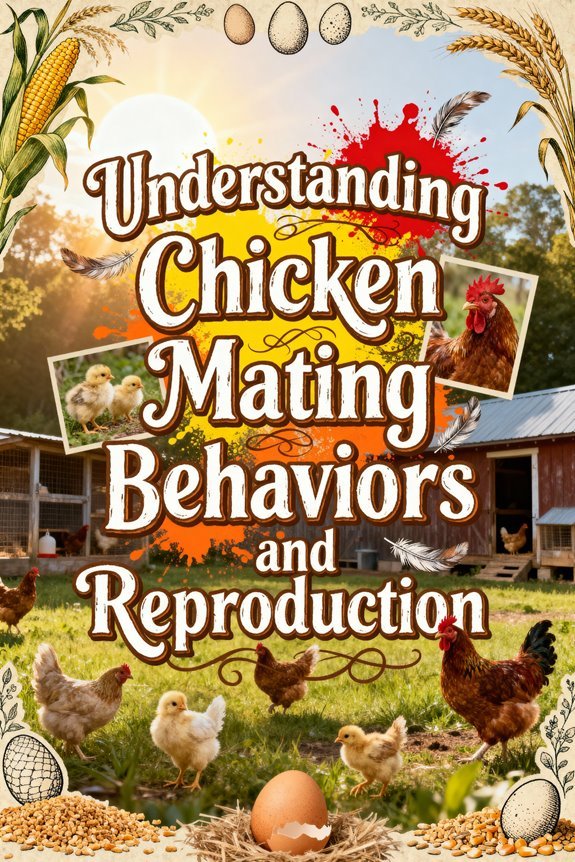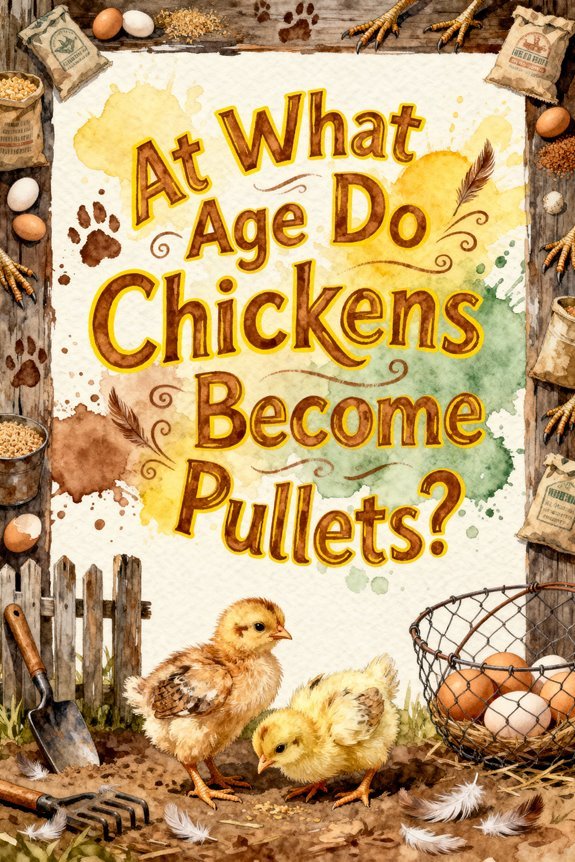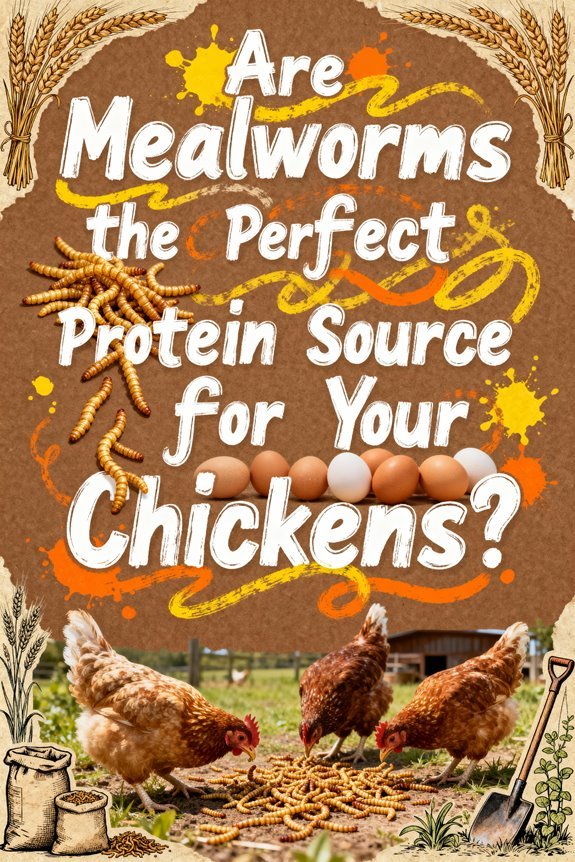Understanding Chicken Mating Behaviors and Reproduction
Chicken mating involves complex courtship rituals and precise biological mechanisms. You’ll observe roosters performing elaborate “waltzing” displays with dropped wings and elevated heads, demonstrating their genetic fitness to potential mates. During mating, roosters mount hens through specialized cloacal contact, transferring sperm to storage tubules that maintain viability for up to 15 weeks. Peak mating occurs during early morning and late afternoon, with frequency varying by age and ratio management. Understanding these natural behaviors reveals the keys to successful breeding programs.
The Natural Courtship Dance
While many animals display complex mating rituals, the chicken’s courtship dance represents a sophisticated sequence of behaviors that serve multiple evolutionary purposes. You’ll observe that roosters initiate this courtship choreography with a distinctive “waltzing” move, sidesteping around hens while dipping their wings. The dance evolution has refined their movements to include strutting with bent legs, dropped wings, and elevated heads—all demonstrating physical fitness to potential mates.
During this intricate display, roosters incorporate tidbitting behavior and soft clucking sounds while performing their wing-dragging dance. These elements work together to showcase the male’s genetic fitness and cognitive abilities. The hen evaluates these displays, responding to more elaborate performances that signal superior mate quality, ultimately influencing her selection through the complexity and execution of the rooster’s courtship routine. When a hen accepts a rooster’s advances, she indicates her readiness by assuming a crouching position and lowering wings.
Physical Mechanics of Chicken Mating
Although chicken mating appears simple from casual observation, the process requires precise physical coordination between roosters and hens through a series of mechanical movements. The rooster’s mounting techniques involve carefully climbing onto the hen’s back while gripping her neck feathers or comb for stability. He then performs treading movements with his feet to maintain balance and position. Courtship displays often precede the actual mating, with roosters performing intricate dances and offering food to attract potential mates.
The key to successful mating lies in cloacal coordination. Since roosters lack external reproductive organs, they must achieve precise alignment of their internal papilla with the hen’s everted cloaca. This brief “cloacal kiss” allows sperm transfer through specialized tissues. The hen facilitates this process by crouching, spreading her wings, and positioning her cloaca ideally. She can then store the sperm in specialized tubules, enabling multiple eggs to be fertilized over several days.
Sperm Storage and Fertilization Process
The successful transfer of sperm during chicken mating leads to a remarkable biological process within the hen’s reproductive tract. After insemination, specialized sperm storage tubules (SSTs) at the uterovaginal junction select only about 1% of the highest-quality sperm for retention. These SSTs maintain sperm viability for up to 15 weeks through unique storage conditions, including low pH and reduced oxygen levels. Repeated inseminations can trigger immune responses that may reduce fertility over time.
You’ll find the sperm arranged in parallel bundles within the SSTs, kept in a quiescent state with lowered metabolism. The release of sperm coordinates precisely with ovulation through hormonal triggers, particularly progesterone. This sophisticated system guarantees that viable sperm reach the infundibulum exactly when needed for fertilization, maximizing reproductive efficiency through frequent insemination rather than larger sperm doses.
Daily Mating Patterns and Frequency
Within commercial and natural chicken flocks, mating activity follows distinct diurnal patterns marked by two daily peaks – one in early morning and another late afternoon. You’ll find over 50% of mating occurs within 4 hours before lights-off, when hen receptivity and sperm concentration reach ideal levels. Individual roosters can mate between 5-40 times daily until about 40 weeks of age, while hens average only 0.5-1 matings per day. The rooster-to-hen ratio considerably impacts these mating peaks, with ratios between 1:8 and 1:13 showing varying success rates. After 40 weeks, you’ll notice a decline in both mating frequency and fertility, often requiring management interventions like spiking with younger males to maintain flock productivity. Male courtship behaviors, including tidbitting dances, directly influence successful mating events. Regular monitoring of feather condition during mating season helps identify potential issues with aggressive mating behaviors that could affect reproductive success. Easter Egger chickens demonstrate excellent fertility rates due to their hybrid vigor, making them a popular choice for backyard breeding programs.
Selective Breeding Methods and Options
Successful selective breeding programs rely on careful matching of chickens with desirable genetic traits to produce offspring that meet specific breeding objectives. You’ll need to choose between natural mating systems, where roosters and hens mate freely within controlled groups, or artificial insemination for more precise genetic control. Your breeding goals will determine which method best suits your needs. Placing coops in sheltered locations helps protect breeding pairs from harsh winter conditions that could impact reproduction.
The ideal rooster-to-hen ratio is one rooster for every ten hens or fewer to ensure successful fertilization rates. To implement effective trait selection, you’ll want to maintain detailed pedigree records and establish clear family lines. Whether you’re focusing on egg production, meat quality, or specific physical features, you must consistently evaluate and cull birds that don’t meet your standards. Consider using leg bands to track bloodlines and monitor progress. While crossbreeding can combine desired traits from different breeds, you’ll need proper housing setups to prevent unwanted mating and maintain genetic integrity.



